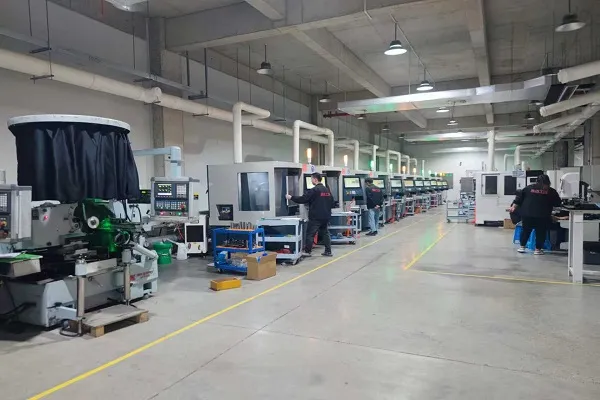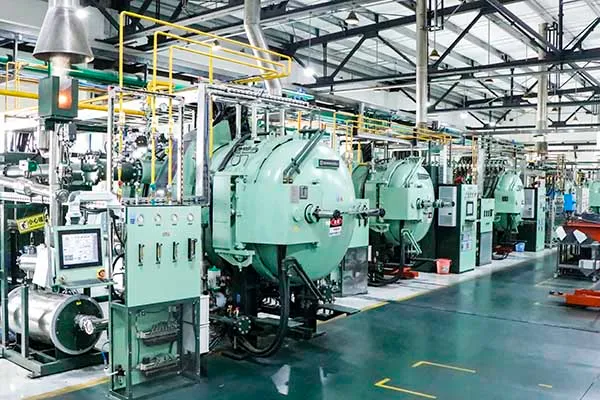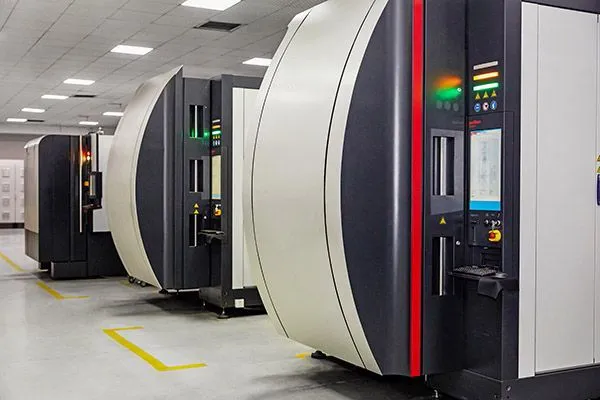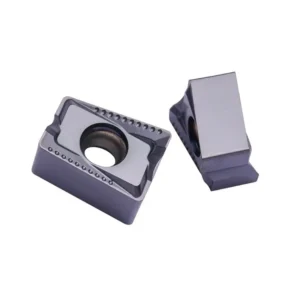
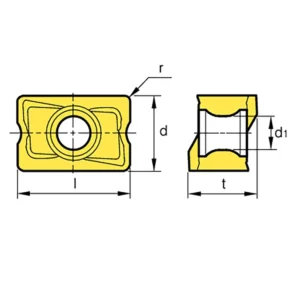
LNMX insert
Are subpar turning results or excessive tooling costs holding your production back? LNMX inserts are the cutting-edge solution trusted by industry leaders worldwide. These high-performance turning inserts are engineered to elevate your machining capabilities to new heights.
The Insert Revolution: Redefining Milling Efficiency
- Unique rhombic geometry for enhanced stability and performance
- Versatile application across a wide range of materials
- Advanced chip-breaker technology for superior chip control
- Engineered for high-speed and heavy-duty turning operations
LNMX Inserts: Your Key to Competitive Advantage
- Increase productivity with longer tool life and reduced downtime
- Achieve exceptional surface finishes consistently
- Reduce machining costs with optimized cutting parameters
- Enhance process reliability for lights-out operations
Selecting the Ideal LNMX Insert for Your Application
- Overview of insert grades and coatings
- Matching inserts to specific materials and turning operations
- Optimization strategies for various cutting conditions
자주 묻는 질문
What does LNMX stand for in cutting inserts?
LNMX refers to the insert's shape and features according to ISO standards. 'L' indicates a rhombic 80° shape, 'N' denotes the relief angle, 'M' signifies medium tolerance, and 'X' represents a special feature, typically related to the chip breaker design.
How do I choose the right LNMX insert for my application?
The material being machined The type of milling operation (roughing, finishing, etc.) Required surface finish Cutting parameters (speed, feed, depth of cut) Machine stability and power
What are the main advantages of using LNMX inserts?
Excellent stability during milling operations Versatility across various materials and cutting conditions Superior chip control High cutting edge strength Capability for both roughing and finishing operations
How can I maximize the tool life of inserts?
Use recommended cutting parameters Ensure proper coolant application Maintain machine tool rigidity Choose the appropriate insert grade for your material and operation Implement strategic insert indexing practices
소니의 생산 역량

